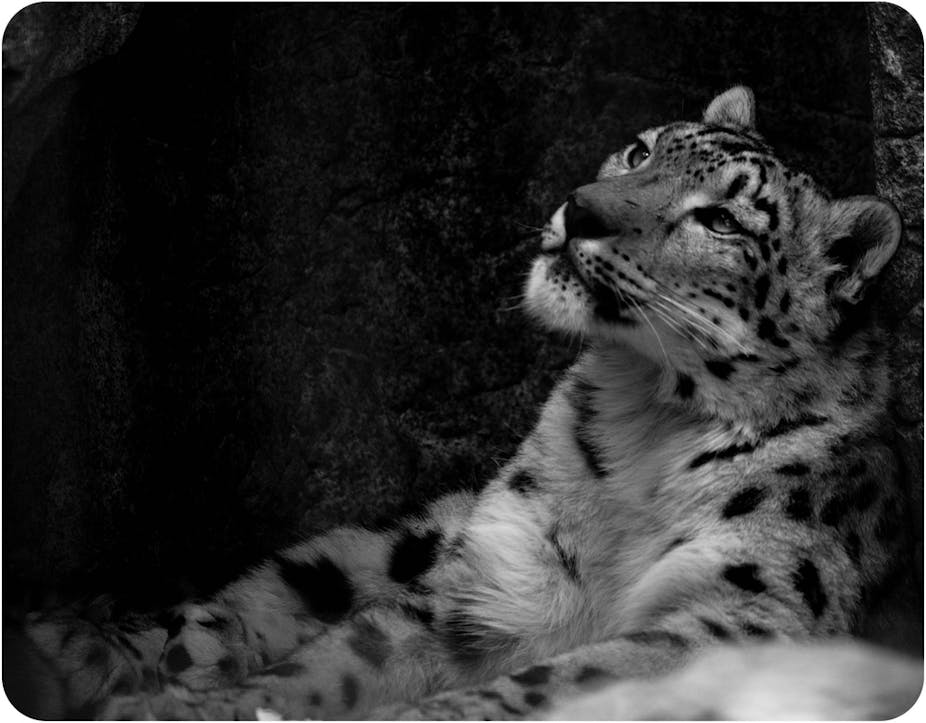Looking at embryonic cells allows researchers to understand many of the fundamental questions about how an animal’s genes are structured and the role they play in developing the adult animal. This information is vital for conservation. But when the animal you’re working on is a snow leopard, harvesting these cells can be incredibly difficult.
Previously the only way to get these cells would be to take embryonic stem cells from snow leopard embryos. But, gametes (or sperm and eggs) from endangered animals are usually difficult to obtain, either due to feasibility, infertility issues, old age or because the animals have died.
Because of these difficulties, we have been generating stem-like cells - “induced Pluripotent Stem Cells” (iPSC) - from the cells of adult cats. Not only can these cells answer questions about animal development; they may help us to conserve endangered species.
In mice and pigs, iPSC technology can create all cell types of the individual, including the gametes, and can be generated from virtually any tissue source - even dead animals.
For endangered species this would prove invaluable. The genetic pool of many endangered species is limited, and this leads to inbreeding depression and associated issues.
To generate the iPSC for our research we took skin fibroblasts - a type of cell - from a snow leopard named Mangal. Mangal had cancer and was being euthanized.
When generating mice or human iPSC, researchers routinely use four stem cell genes. We required an additional stem cell gene, called “Nanog”, to generate iPSC from a snow leopard. When we forced these five genes to express, it induced the adult skin cells to “reprogram” into embryonic stem-like cells (iPSC). We analysed the iPSC cells to show that we had reprogrammed them successfully and they could mature into multiple cell types.
These cells allow us to understand basic developmental biology in snow leopards. With refinement we believe iPSC will provide donor cells for efficient nuclear transfer (also called cloning).
Such cells have been coaxed into gametes, especially spermatozoa-like cells, in mice. Translation to snow leopard would provide a unique source of gametes for this endangered species, especially as (as we have shown) the cells can be obtained from an adult.

In mice, iPSC have successfully (albeit inefficiently) been combined with a host embryo to create a complete individual. Called embryo complementation, the process can be manipulated to allow the iPSC to give rise to a complete individual.
Translating this approach to endangered species would constitute a huge breakthrough for conservation. Again this is a long-term goal of ours.
Obviously all research, and especially research on exotic species, takes a considerable amount of funding and motivation, so our progress will largely be influenced by funding constraints. However we do have a long-term strategy which we will pursue as funds and personnel permit.
Extending this initial breakthrough to the generation of whole animals would provide a novel approach to conservation.

